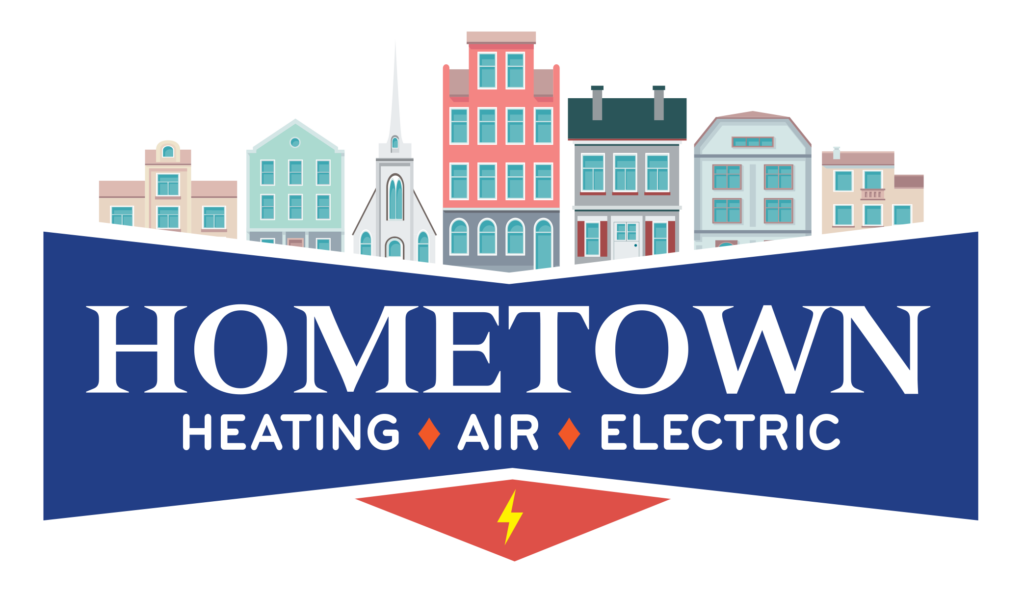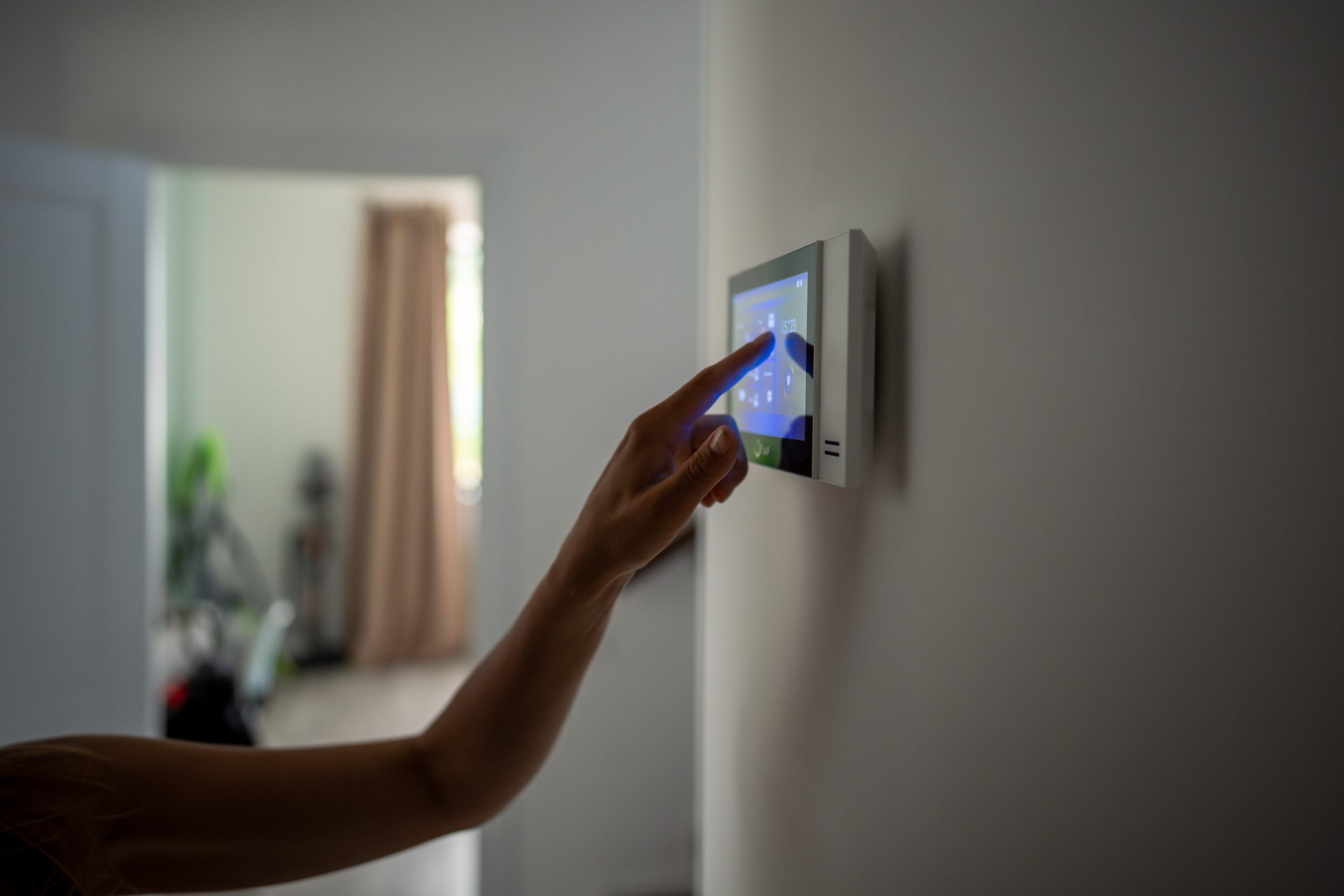Indoor air quality is the air quality inside your home or office and around buildings. It can affect the health and comfort of the occupants. Unfortunately, the indoor air becomes contaminated because contained areas allow pollutants to accumulate more in closed spaces than outside. It’s necessary to understand indoor air quality causes to reduce the risk of indoor health problems like asthma attacks, respiratory concerns, and allergic reactions. Fortunately, you can control the most common indoor air pollutants.
Volatile Organic Compounds
Volatile organic compounds (VOCs) are chemical compounds that can easily evaporate at room temperature. VOCs’ health effects often vary from dizziness, increased cancer risks, and headaches, depending on the length of exposure and the combination of VOCs. You may also suffer from liver and kidney damage, nausea, and nose and eye irritation. An array of products emits VOCs, and the concentration is higher indoors than outdoors. You may introduce this indoor air pollutant through paints, pesticides, disinfectants, and aerosol sprays. You can prevent exposure to this indoor air pollutant by increasing ventilation to your house and following the manufacturer’s instructions for household products.
Tobacco Smoke
Your indoor air is probably polluted with tobacco chemicals and compounds if someone smokes cigars or cigarettes inside the house. Second-hand is bad for your health, especially for small children; therefore, it’s best to avoid smoking in the house. Tobacco particles can spread throughout the house and remain at harmful levels for up to four hours. Prevent this common air pollutant by advising your guests to smoke far from the house. Smoking is a significant contributor to preventable illnesses, especially respiratory conditions. You can eliminate tobacco from your house with high-quality air filtration or deep-media filters.
Radon
Radon is a common indoor air pollutant and a leading cause of lung cancer. You cannot see nor smell radon gas, making it harder to notice when it’s polluting your indoor air. Radon gas is emitted naturally when uranium decays in water or soil. It can get into your indoor air through foundation seams or cracks. The best way to detect high radon gas levels in your home is by using test kits that meet the standard requirements. It would also be best to hire a qualified and experienced expert to carry out the testing, especially during the heating season, because ventilation through windows and doors can tamper with the test results.
Excess Moisture
Moisture is an important yet least recognized indoor air pollutant. It can affect your health and the structural well-being of your house. Moist occurs when warm moist air settles on surfaces like walls, mirrors, and windows of a cooler place. Since cooler air cannot hold much moisture, the excess condenses to form droplets on a surface. When moisture collects in droplets, it forms mildew, dust mites and mold that cause allergies and asthma. Mold also destroys wood products and fastens rusting of metals. Moisture indoors affects your comfort.
Combustion Products
Gas-fired appliances, such as water heaters, some dryers, and furnaces, emit carbon dioxide and water vapor. Combustion pollutants can quickly enter your home if you don’t vent the appliances correctly to the outside. Carbon dioxide is a dangerous indoor air pollutant because it’s toxic, odorless, and colorless. You can easily detect this gas in your indoor air through a carbon dioxide detector. Some common carbon dioxide sources in your home may include damaged or improperly sized boilers or furnaces, unvented gas heaters, and faulty or poorly adjusted gas appliances.
Pesticides
Pesticides are a common indoor air pollutant, common in products that control rodents, insects, microbes, termites, and pests. They are common products in most homes, such as disinfectants and insecticides. Long-term exposure to pesticides can affect your throat, nose, and nose. It can also damage your central nervous system and increase the risks of cancer.
Candles and Incense
Surprisingly, candle and incense are common indoor air pollutants because they produce particles and other contaminants after burning. Scented candles also emit some amounts of VOCs and formaldehyde. However, the particles might not be harmful if you burn candles occasionally.
Wood Smoke
Smoke is a common indoor air contaminant common in homes that use wood as a source of fuel for warmth and cooking. Wood has several benefits, but it also produces harmful smoke if you fail to ventilate your home properly. You can avoid the common indoor air contaminant by changing old wood stoves to newer and cleaner stoves to reduce wood smoke’s health risks.
Proper ventilation can help eliminate these indoor air pollutants. We can help Cedarburg homeowners to ventilate their homes properly and with effective air filters. Residents can also rely on us for maintenance agreements, ductless mini-split systems, gas furnaces, garage heaters, and Wi-Fi smart thermostats. Contact Hometown Heating, Air & Electric today to access your home for indoor air pollutants.


